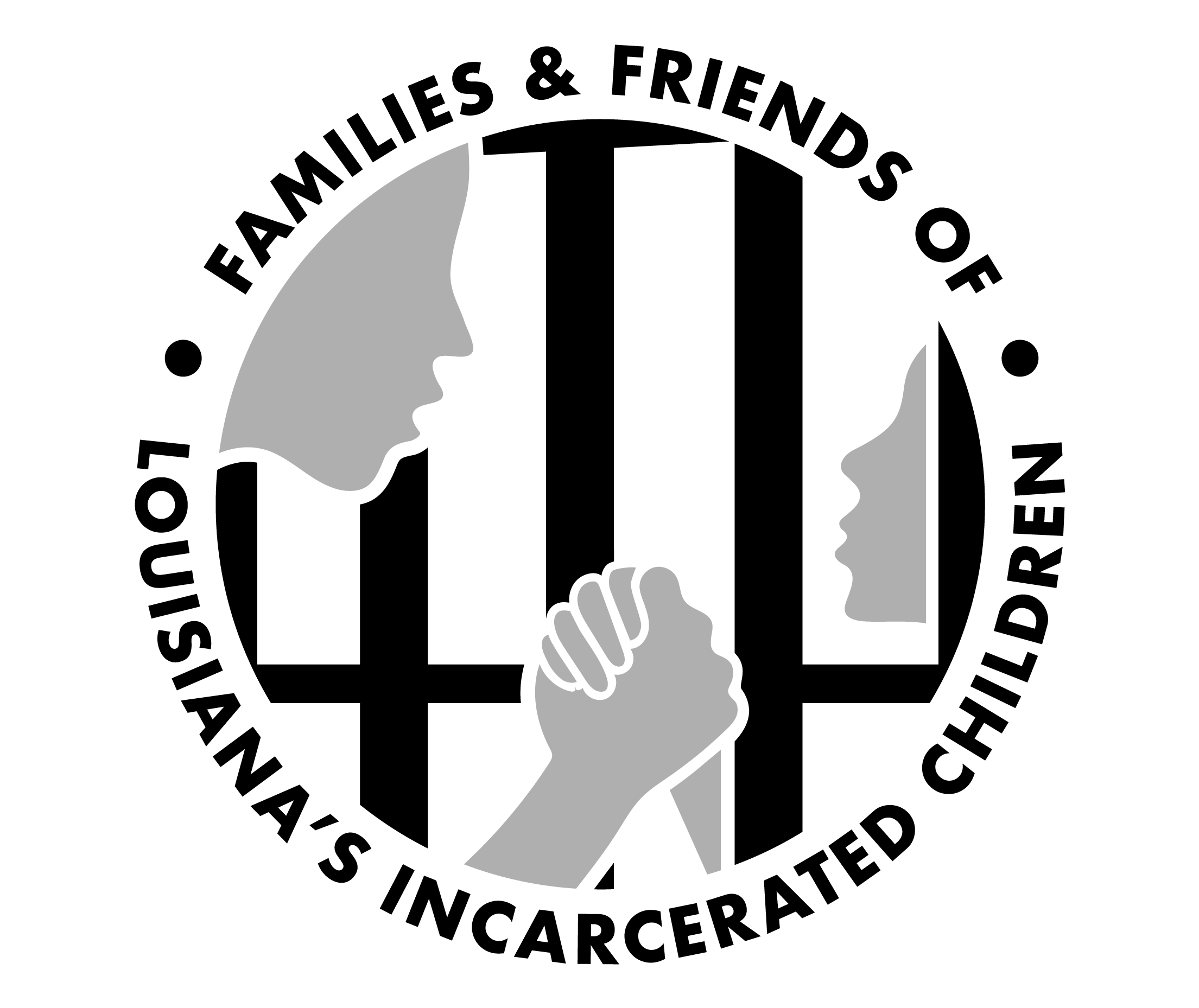Last week, in response to the most recent escape from Bridge City Center for Youth, and the subsequent calls for closure of the prison from Sen. Pat Connick, Gina Womack, the Executive Director of Families and Friends of Louisiana’s Incarcerated Children (FFLIC), issued the following statement:
“This week’s news about another young person escaping Bridge City’s prison adds to the Office of Juvenile Justice’s never ending string of failures. While Senator Connick and other lawmakers seem aware that the youth prison system needs radical reform, including the closure of Bridge City Center for Youth, we must be intentional in planning safer, more compassionate alternatives to incarceration.
The prison does need to be closed. but However, this can’t happen at the expense of putting the youth in worse conditions. During this legislative session, a number of policymakers have expressed the need for changes, and in particular changes that facilitate rehabilitation–but true rehabilitation or systemic transformation will never happen by putting youth behind bars. More than 40% of youth are incarcerated for non-violent offenses, even though research shows that these children can do better in their community with a range of supports like mental health resources, job training, quality education and restorative justice practices that mitigate the root causes of crime and prevent further harm.
That change starts with divesting from our current, broken system, and fully implementing Act 1225–an unfilled promise to transform our youth justice system into a model of holistic support and coordinated care. It’s clear OJJ is unfit to provide safe conditions for youth and staff, yet Governor Bel Edwards has proposed adding $9M to OJJ’s budget.
We know that prisons don’t keep our kids or communities safer. The effective, evidence-based solutions to Louisiana’s systemic shortfalls exist. We urge Senator Connick, and all Louisiana lawmakers, to accept their responsibility in transforming the state’s massive failure of a youth prison system into a model that actually lowers crime, strengthens communities, and keeps children safe.”



